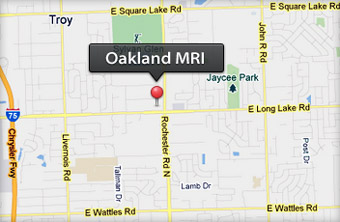George D. Lundberg, MD
Cervical spine injury can have very serious consequences and can be difficult to diagnose. Five investigators in Wisconsin with a meta-analysis selected 5 prospective or retrospective published diagnostic protocol results that included magnetic resonance imaging. They studied reports of 464 victims of blunt trauma with clinically suspicious or unevaluatable cervical spines. Clinical follow-up was the gold standard. Sensitivity of MRI for cervical spine abnormalities was 97%, with a negative predictive value of 100% and zero false negatives; specificity was 99% with a positive predictive value of 94%; 97 patients, that is, 21%, had abnormalities by MRI that were not found by radiographs or CT. This study, reported in 2008 in The Journal of Trauma,[1] establishes MRI as the new gold standard for conclusively excluding cervical spine injury in a patient with blunt trauma.

